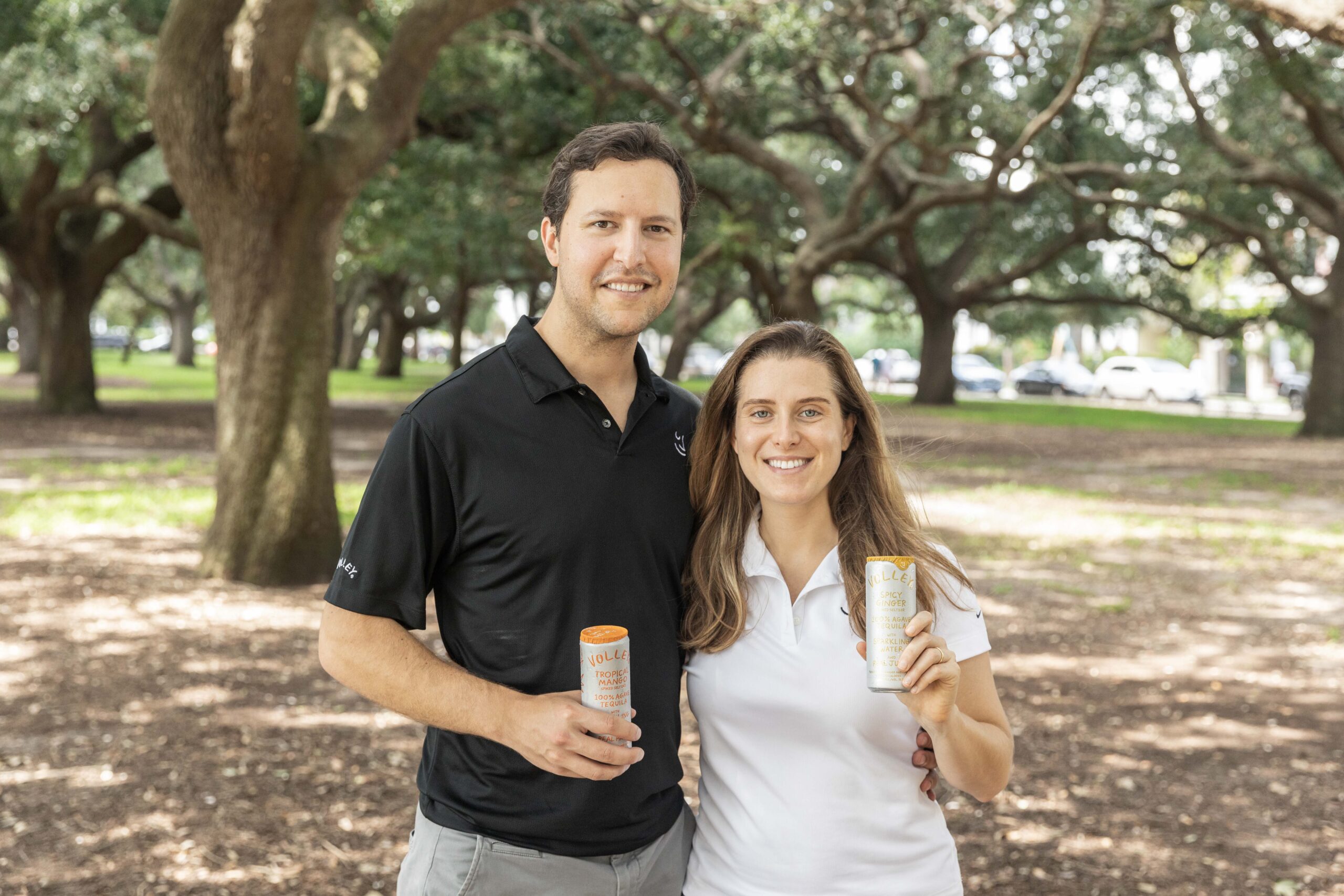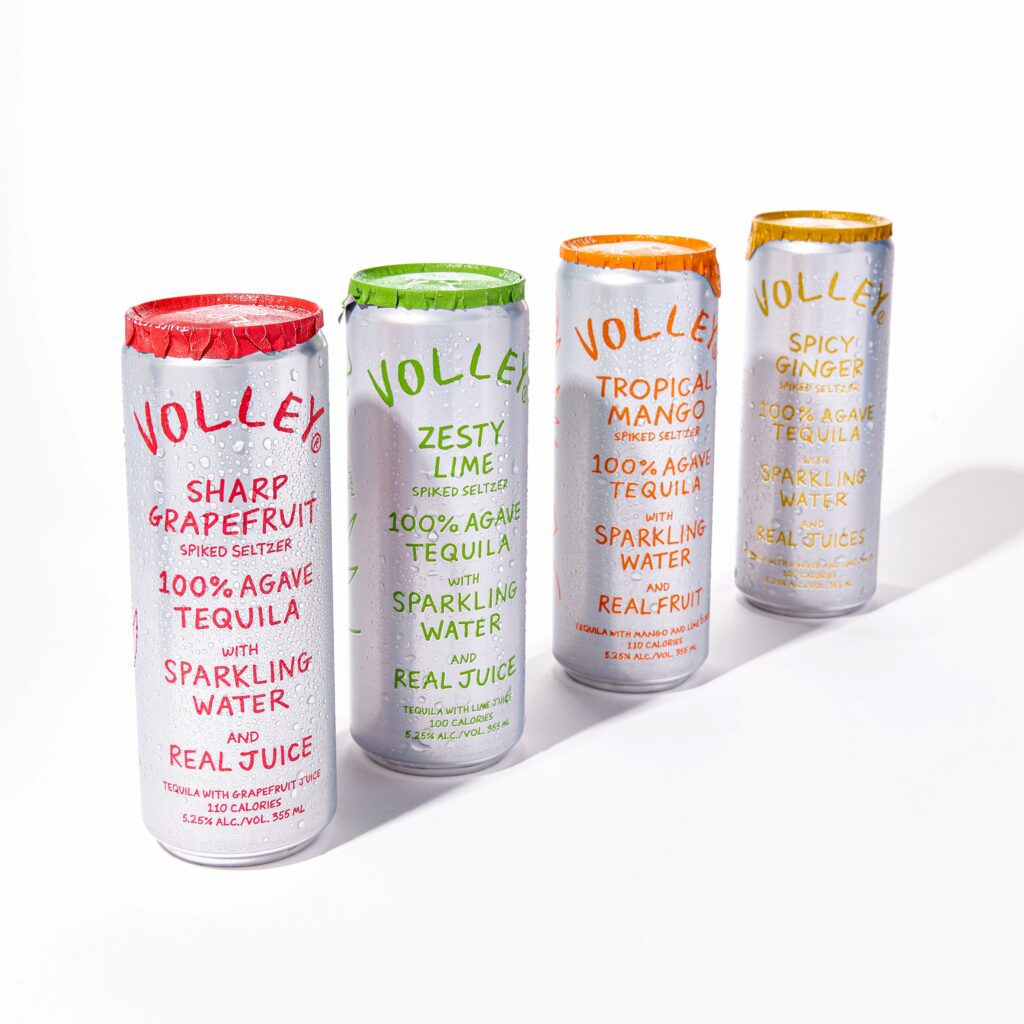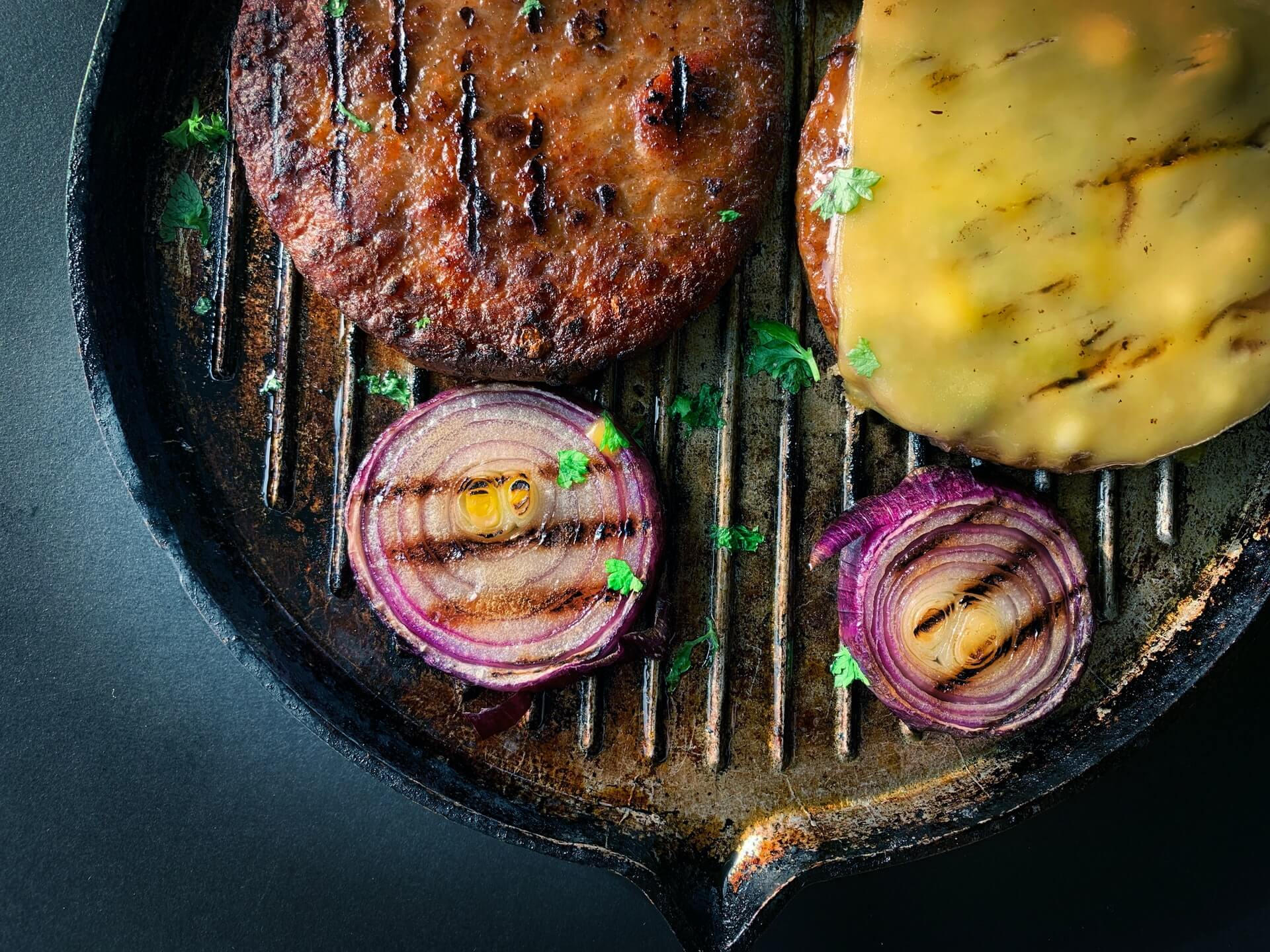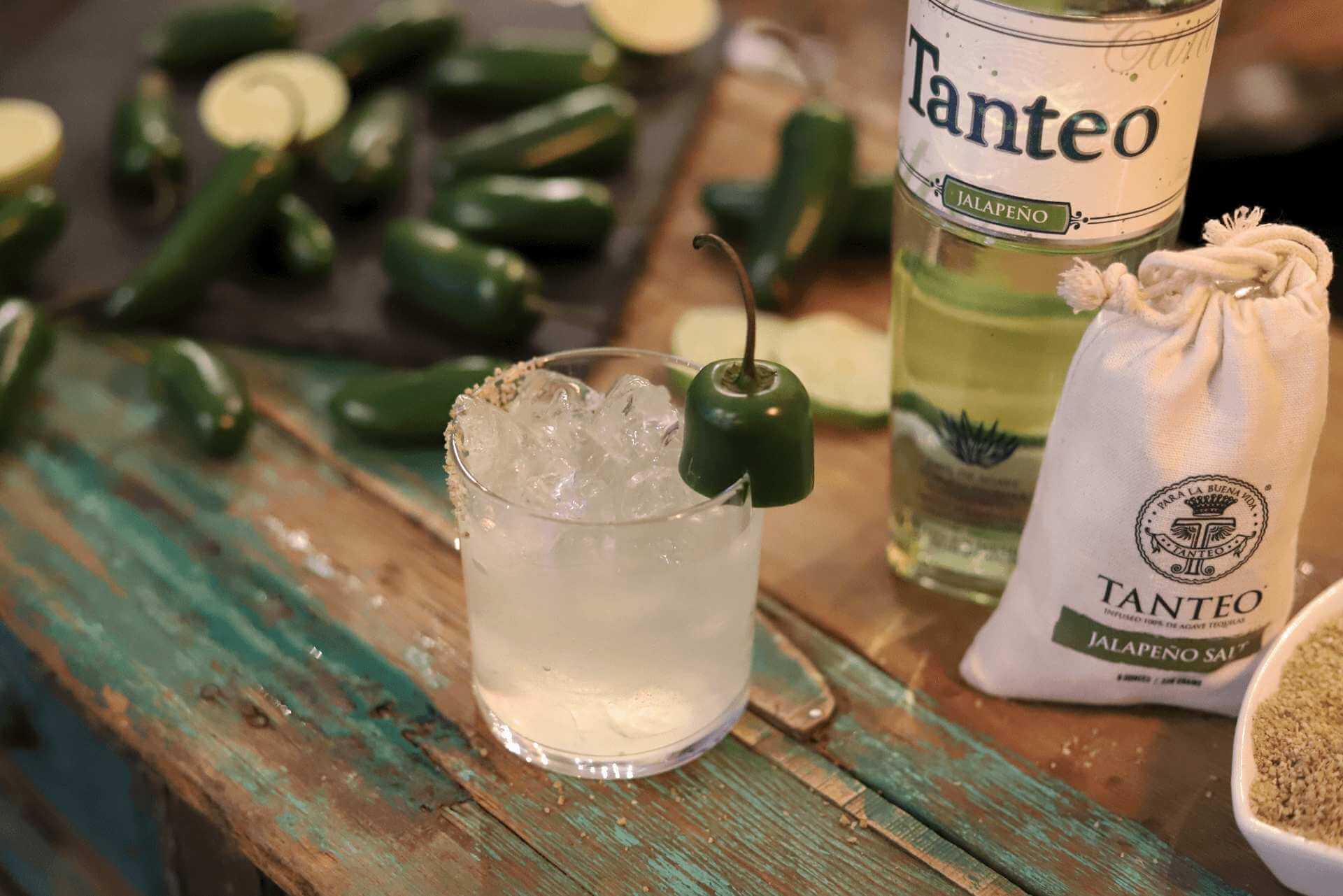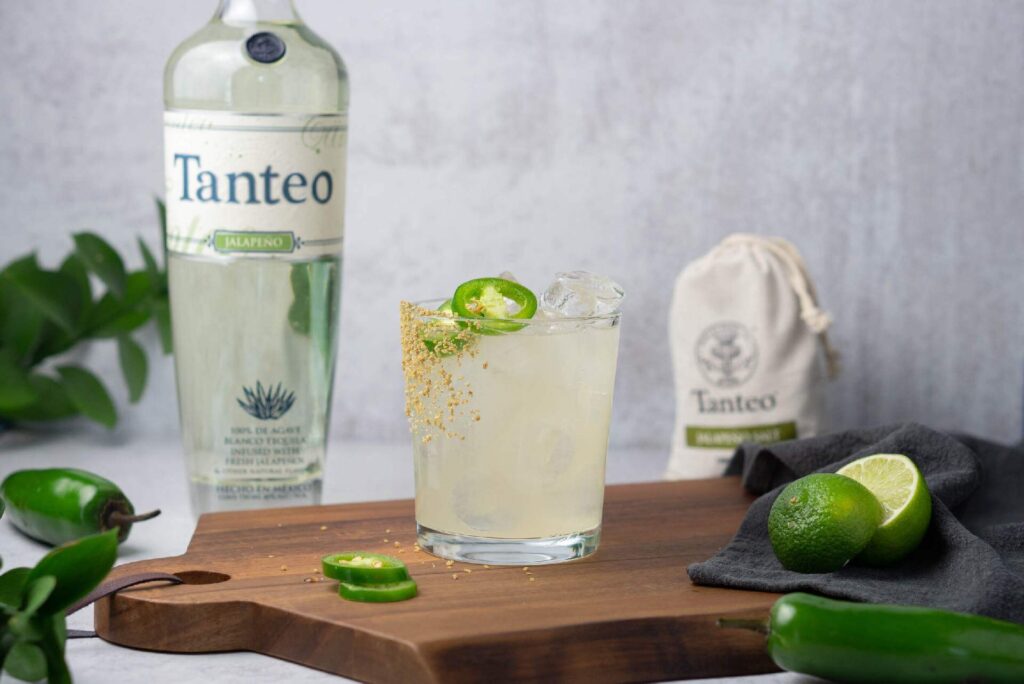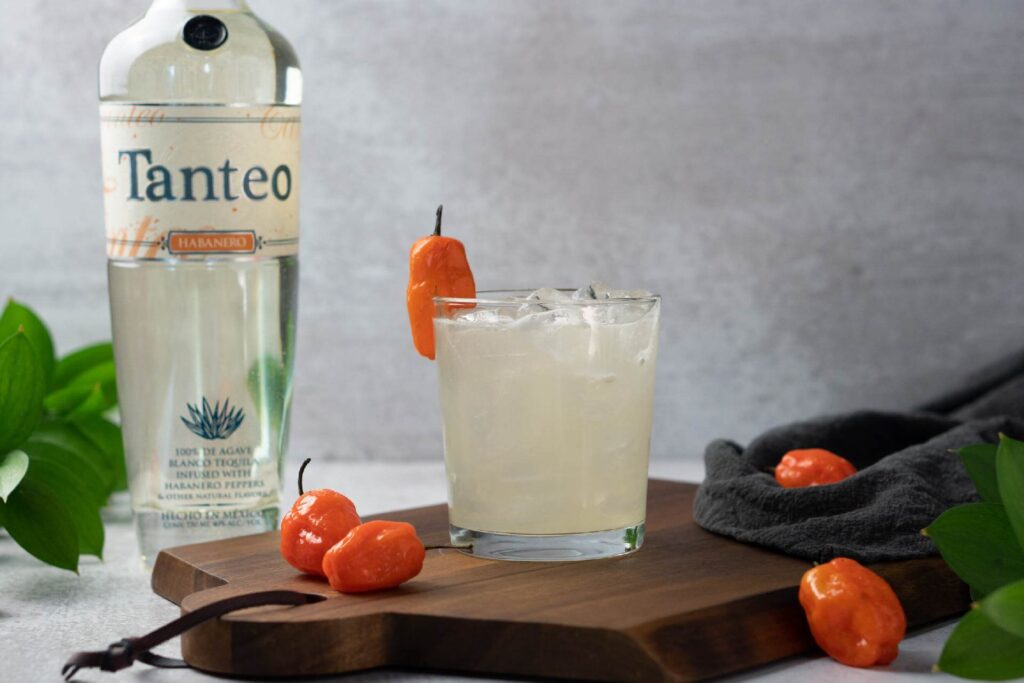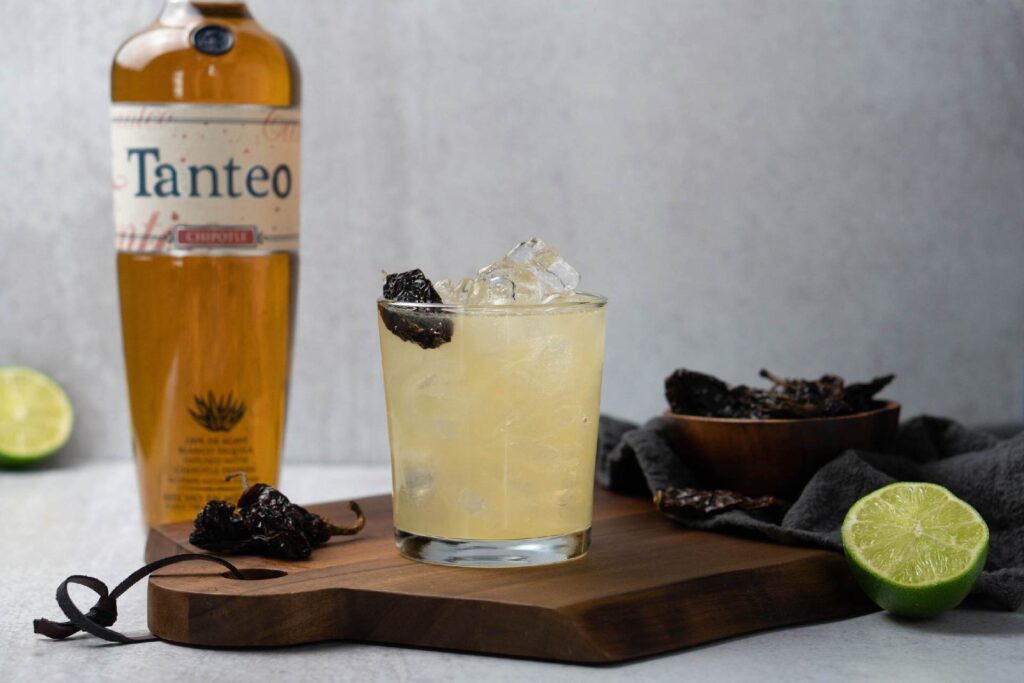Yes, Some Tequilas Have Additives
by David Klemt
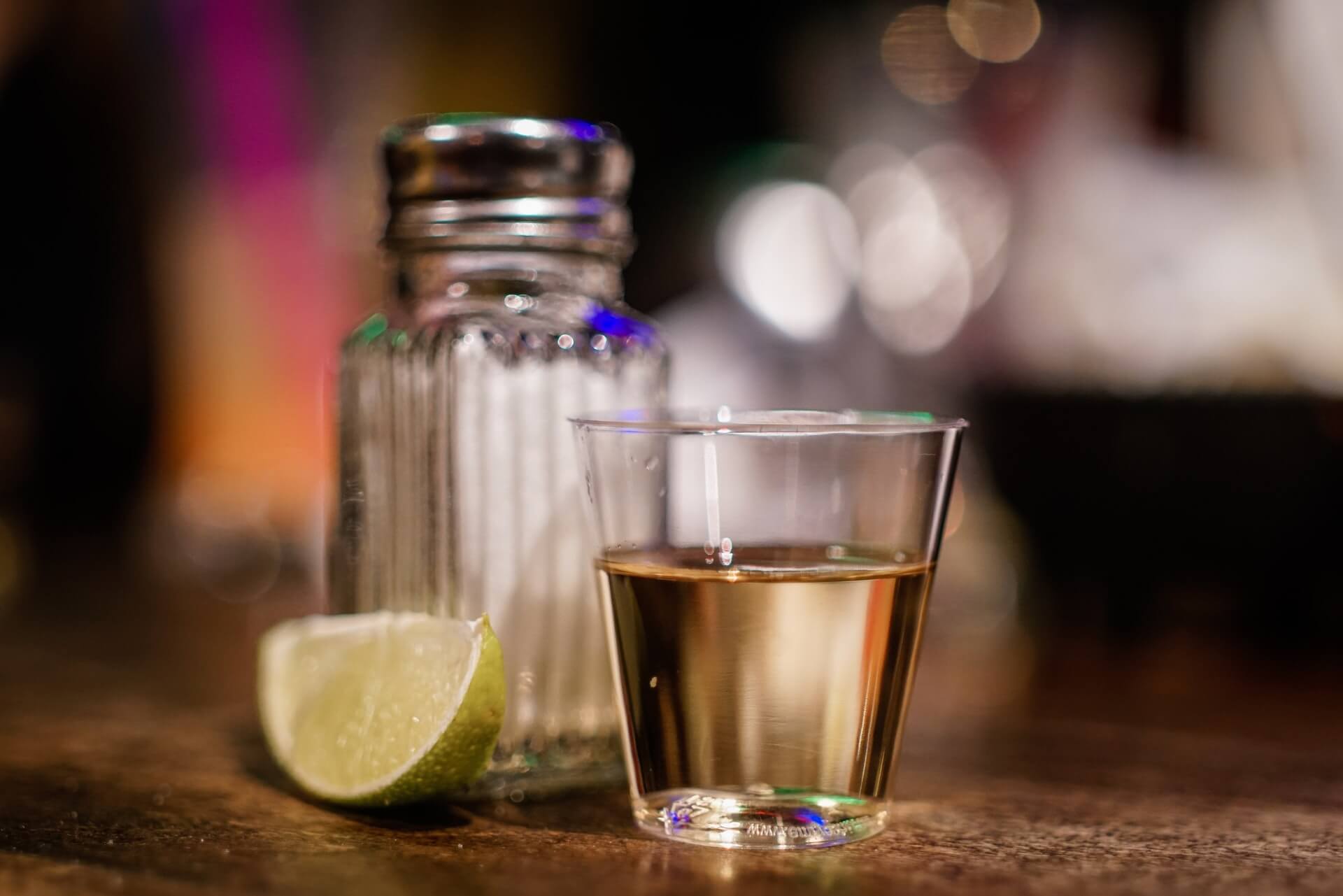
The subject of additives in tequila—and lack of transparency on labels—isn’t new but recent social media posts are shining a light on the topic.
In particular, there are posts circulating about tequila producers using vanilla flavoring. Doing so, it turns out, is well within the Norma Oficial Mexicana (NOM) rules.
However, revealing it on labels? With some caveats, it’s also well within the rules not to mention additives.
Understandably, people want to know what they’re putting in their bodies. Increasingly, this has grown to include alcohol.
So, there are bar owners, bar managers, bartenders, and bar guests who want to avoid serving and consuming additives whenever possible. Of course, there are also guests out there who don’t care about additives in the spirits they drink.
Interestingly, though, there’s a collective of tequila distilleries committed to producing clean spirits. They have no interest in using additives.
Chris Wirth alludes to these producers on episode 66 of the Bar Hacks podcast. He and wife Camila Soriano produce world-first clean tequila seltzer Volley.
Are There Additives in Tequila?
First, let’s be clear: Several categories of spirit permit the use of additives. Labeling transparency falls under the jurisdiction of different governing bodies.
So, it’s not like the use of additives is a scandal or exclusive to tequila. And, again, some consumers and hospitality professionals care, some don’t.
Additives become a problem when producers who use additives choose language on their labels and in marketing that suggest otherwise.
You see, tequila producers aren’t required to include additives on their labels if they don’t exceed one percent of total volume. NOM permits the use of glycerin, caramel coloring, “sugar-based” syrups, and oak extract in all tequilas except blanco.
However, there appears to be a loophole in NOM rules showing the use of additives in blancos is indeed permitted.
For those who don’t want to consume tequilas that use additives, brands that claim to be additive-free in their labeling and marketing present a problem. That’s because at best they’re just following the rules, but at worst they’re using the rules to be deceptive.
Why Does this Matter?
According to some in the industry, tequila may just kick vodka off its throne this year. In America, anyway.
Undeniably, that indicates increased consumer focus on tequila. It follows that a number of restaurant, bar, and nightclub guests will come across the topic of additives.
Some will want to know which brands are additive-free. This is where this topic should matter to operators and their bar teams: Guests don’t want to hear, “I don’t know.”
Luckily, there’s a resource out there that will help: Tequila Matchmaker. Hit that link, click the “Types” tab, and select “– Additive Free” from the dropdown.
As of this writing, you’ll find 266 bottles of additive-free tequila. Some of the brands you’ll find on this page are Código 1530, Tanteo, Fortaleza, El Tesoro, ArteNOM, Tears of Llorona, and Patrón.
Once more, this isn’t a scandal. Rather, this is an opportunity for operators to ensure they have some tequilas on their menu that are additive-free.
It’s likely the topic will come up and being prepared with a few recommendations will improve the guest experience.
Image: Francisco Galarza on Unsplash



